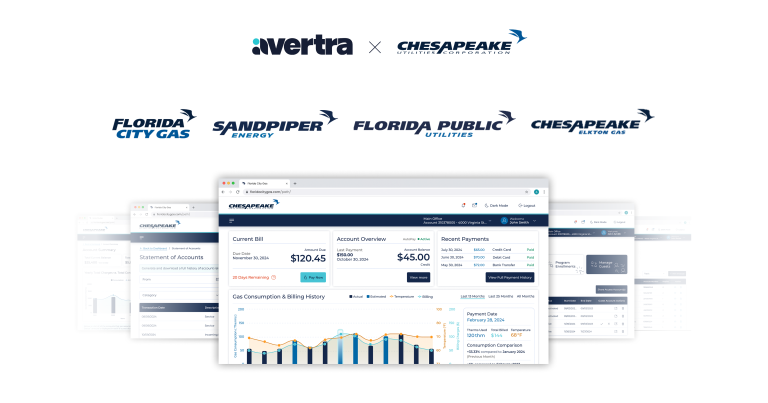You probably hear the word “low-code” more frequently today than you did perhaps a few years ago, but it’s way more than just a buzzword. By 2024, 80% of technology products and services will be built by non-developers. As technology penetrates almost every aspect of our lives, the demand for developers becomes higher across all industries. But in reality, available developers are insufficient. This is why low-code can be beneficial. Essentially, it can fill this technical gap.
With minimal amount of coding and little to no training required, companies are opting for low-code to deliver solutions at a much faster rate with pre-set components, automation tools, and other features. And the good news is, a team of developers is not necessarily needed. And even then, projects built with low-code require less time and money to complete than traditional coding, paving new streams of revenue for companies.
Although many myths surround it, Mendix is a low-code platform that has multiple use cases to consider for your business. Whether it’s to simply automate a business’ manual processes to building a wide array of applications, low-code can do just about anything. It can even modernize an entire legacy system. Let’s take a look at the different areas you can deploy low-code.
Is my project a good fit?
Low-code can be most useful in projects that are highly scalable, without fully set requirements. You can also consider it a good fit if one of the below points apply:
- The application is not readily available on the market
- The solution available on the market is overly complex and/or costly
- The customer is requesting more than 20% customization
- The customer is requesting more control over future capabilities
What are the most common use cases?
1. Process automation
These applications will help you save money and time. Manual back-office tasks and paper-based processes are reduced or completely replaced with digitized workflows. Low-code can also be built into your core systems to dissolve any issues in processes, in addition to improving different functionalities within different departments, or on an organization-wide level. It can also help you connect multiple data systems together to reap the benefits of a more centralized database that updates in real-time and is more accurate. Forecasting models and predictive maintenance tools, such as Internet of Things (IoT), Artificial Intelligence (AI), and machine learning (ML) can all be integrated within your applications to build more efficient and powerful applications, helping you stand out from competition. With its exceptional speed, flexibility, and collaborative environment, anything and everything can be automated. Invoices, requests, and approvals are a few examples of the most common automated workflows.
2. Customer experience
Customers expect their omnichannel experience to be consistent and personalized to their wants and needs. Low-code can build online portals using advanced UI tools and are easily integrated into your current systems to ultimately give customers what they want: a better overall user experience. Customers can pay their bills, submit complaints, or track usage in a single window. Low-code also has the ability to reuse components for deeper personalization per end-user and build richer user journeys through mobile applications and progressive web applications (PWA).
3. Digital transformation
There are many reasons why companies would choose to embark on a digital journey, whether it’s to improve the efficiency of internal operations, or modernize legacy systems with the latest technologies, digital transformation with low-code is flexible and quite simple. These applications are compatible with IoT platforms, enterprise systems, and third-party services, making it easier than ever to gain access to valuable insight. This comes as an essential step to retain end users through richer user journeys that resonate with customers. Companies can also create new streams of revenue by selling their own built applications.
4. Legacy modernization
Legacy systems can prevent an organization from surviving in a digital era. Known for its high maintenance bills and lack of basic flexibility, these outdated systems can truly prevent companies from reaching their full potential. But don’t get rid of them just yet. Organizations can either build custom applications on top of legacy systems to modernize internal processes and extend their capabilities, or completely rebuild their core system one replacement application at a time. But don’t worry, this process will not disrupt any of your operations nor functionalities.
While there are endless possibilities for what low-code can offer your company, we do have some advice on what you shouldn’t build with low-code. If your application is readily available on the market and guarantees to offer you all your set requirements, then it is recommended to take the step of purchasing that product. These applications are usually built to transform core systems with highly defined requirements and a low rate of change, such as information storage and retrieval systems. If your business operations aren’t fully defined, it is important to choose the right vendor to ensure that any kind of digital transformation has the least disruptions to your internal operations.
Avertra, a Mendix-certified partner, provides state-of-the-art products and services to target the entirety of your business, or a specific need within a department.
Looking for smaller scale solutions? We also have a range of microservice features at your fingertips. Avoid building tomorrow’s legacy with the help of our offerings and start building a future-ready workforce.



















